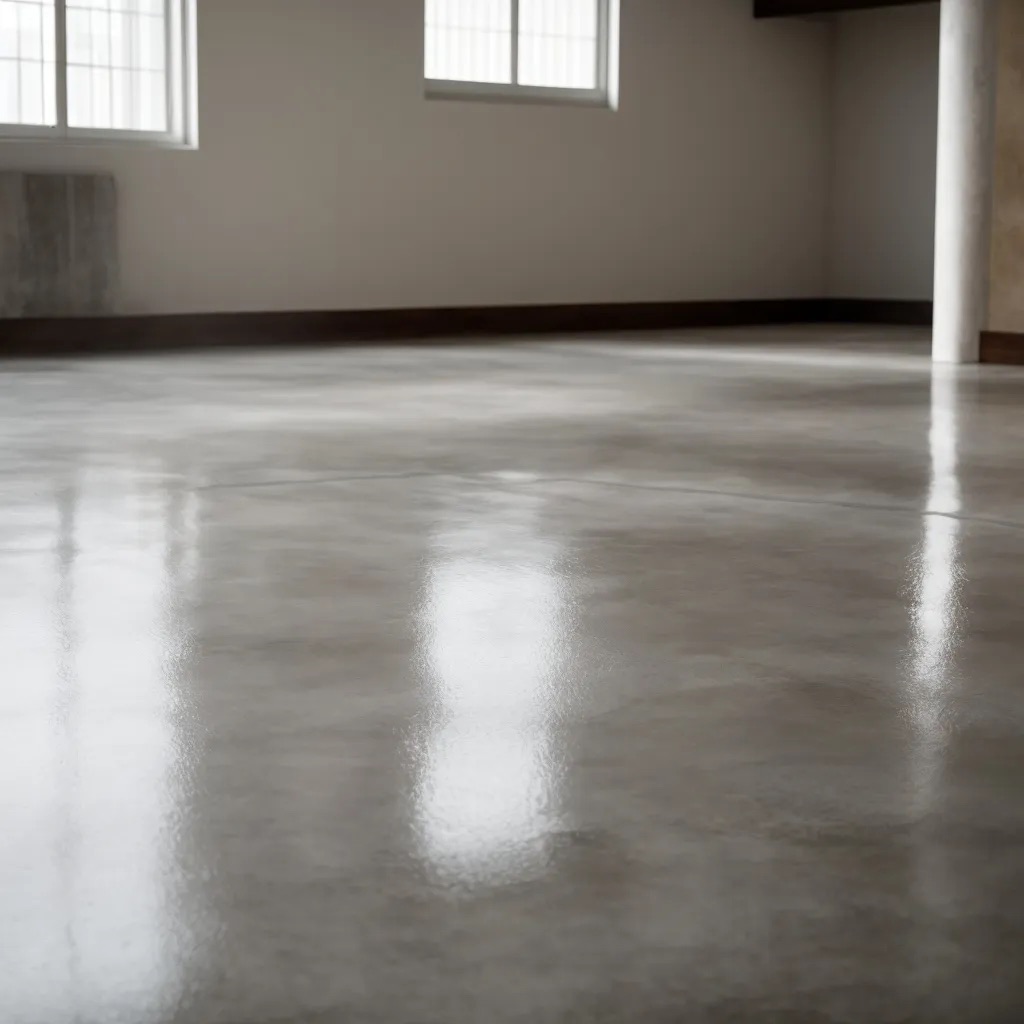Revitalize your living space by embracing the transformative benefits of staining your concrete floors. Whether you’re looking to revamp your interior or enhance your outdoor patio, DIY concrete staining offers a cost-effective way to elevate the aesthetic appeal of your home. With a myriad of concrete stain colors available, you can customize your floors to match your style and preferences effortlessly.
Interior concrete staining provides a sleek and modern look, perfect for those aiming to achieve a minimalist or industrial vibe. By opting for DIY interior concrete staining, you have the freedom to experiment with various hues, from earthy tones to bold shades, to create a space that reflects your personality. On the other hand, exterior concrete staining is ideal for sprucing up your patio or outdoor entertainment area. Transform a dull concrete patio into a vibrant social hub by selecting the right concrete stain for patio, enhancing the overall ambiance of your outdoor space.
The beauty of concrete staining lies in its versatility and durability. Unlike traditional flooring options, stained concrete floors are easy to maintain, resistant to wear and tear, and can withstand heavy foot traffic. By embracing the art of concrete staining, you not only add value to your property but also infuse it with a touch of sophistication that is sure to impress.
Think about the existing elements in the room. If you have bold furniture pieces or vibrant decor, a neutral stain might provide a balanced backdrop. On the other hand, if your space is minimalistic, a pop of color like deep red or navy could add a touch of drama. Take into account natural light levels in the room as well. Darker stains can make a space feel cozy but might not be ideal for rooms with limited sunlight. Lighter stains can open up a room and make it feel more spacious.
Next, protect the surrounding areas with painter’s tape and plastic sheeting to avoid accidental spills on walls or furniture. Use a pump sprayer, roller, or brush to apply the stain, depending on the size and intricacy of the surface. Start from the farthest corner of the room and work your way towards the exit to prevent stepping on the freshly stained areas.
Apply the stain evenly in smooth, overlapping motions to avoid streaks or uneven coloration. For a more intense color, consider applying multiple coats, allowing each layer to dry completely before adding the next. Remember to follow the manufacturer’s instructions regarding drying times and recommended number of coats for optimal results.
After applying the final coat, allow the stain to dry completely according to the manufacturer’s guidelines. Once dry, consider applying a sealer to protect the stained concrete and enhance its longevity and durability. Following these application techniques will help you achieve a beautifully stained concrete floor that adds a touch of elegance to your space.
Unveiling the differences between acid and acrylic stains can unveil a world of possibilities for your concrete staining project. Acid stains react chemically with the concrete, creating a permanent, variegated look. This chemical reaction penetrates the surface, resulting in rich, earthy tones that are unique to each application. On the other hand, acrylic stains offer a broader color palette, ranging from vibrant hues to subtle pastels. They provide a more consistent finish, ideal for those seeking a uniform appearance across their floors.
Acid stains are renowned for their ability to create a marbled effect, mimicking the look of natural stone. This makes them a popular choice for adding depth and character to plain concrete surfaces. In contrast, acrylic stains are versatile and can be layered to achieve custom shades and patterns. They are also UV-resistant, making them suitable for both indoor and outdoor use.
When deciding between acid and acrylic stains, consider the desired outcome for your space. If you prefer a weathered, organic look with a touch of unpredictability, acid stains may be the perfect choice. Conversely, if you lean towards a more controlled color scheme or require specific hues to match your decor, acrylic stains offer a wider range of options. By understanding the nuances of each stain type, you can elevate your concrete floors to new aesthetic heights.
When planning your concrete staining project, consider these practical strategies to manage your budget effectively. To start, assess the condition of your concrete floors. Are there any repairs or preparations needed before staining? By addressing any imperfections early on, you can avoid costly surprises down the line.
Next, determine the square footage of the area you plan to stain. This calculation will help you estimate the amount of stain and supplies required. Consider buying stain in bulk if you have a larger surface to cover, as it can be more cost-effective.
Research different stain brands and types to find one that fits your budget without compromising quality. Keep in mind that while acid stains tend to be more expensive, they offer unique, marbled effects that may be worth the investment. On the other hand, acrylic stains provide a wide range of colors at a lower price point.
Don’t forget to factor in additional costs such as tools, sealers, and protective gear. Renting equipment like grinders or buffers can be a budget-friendly alternative to purchasing them outright.
Lastly, consider tackling the staining project yourself. While hiring professionals ensures a flawless finish, opting for a DIY approach can significantly reduce labor costs. With careful planning and these budgeting tips in mind, you can achieve stunning stained concrete floors without breaking the bank.

